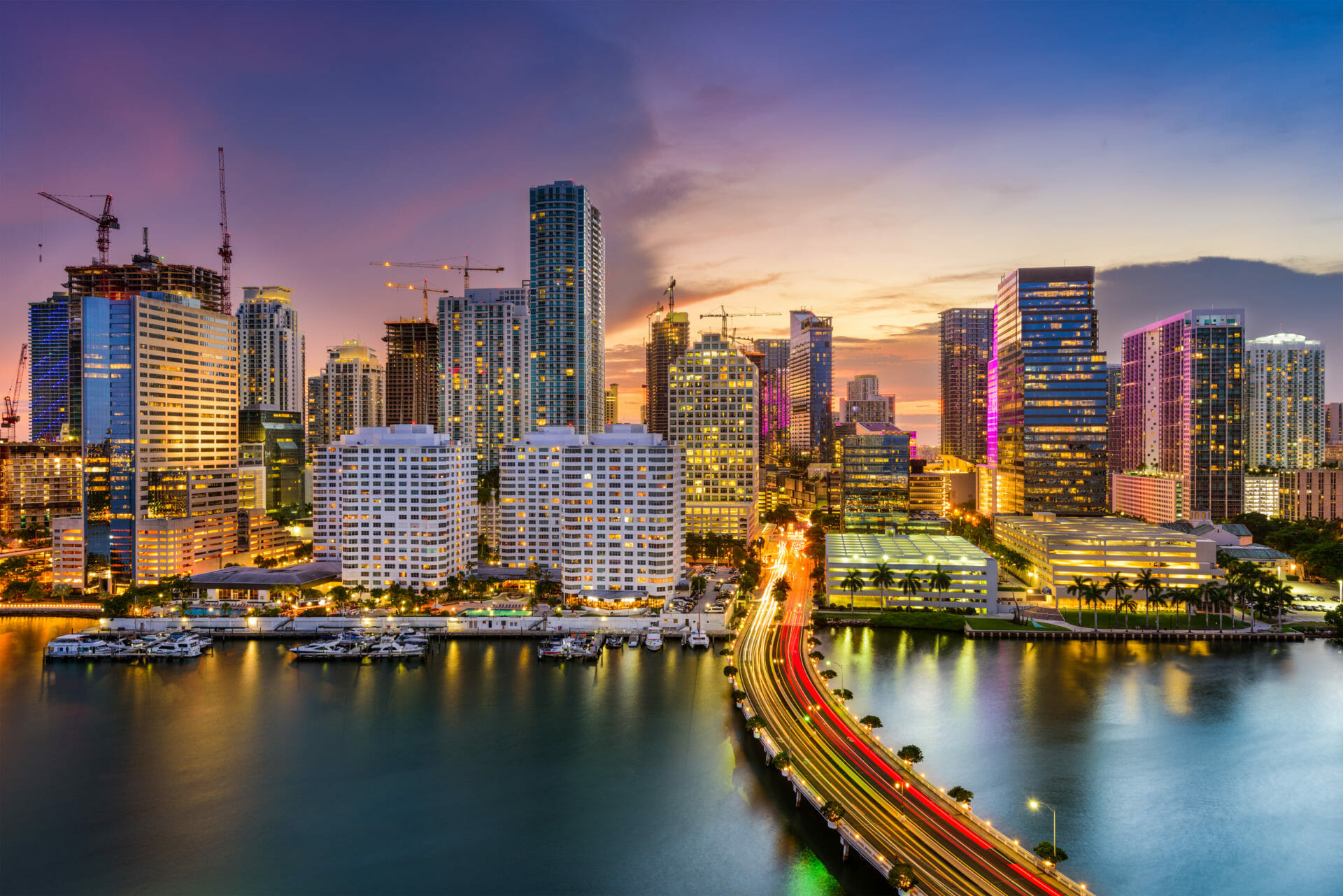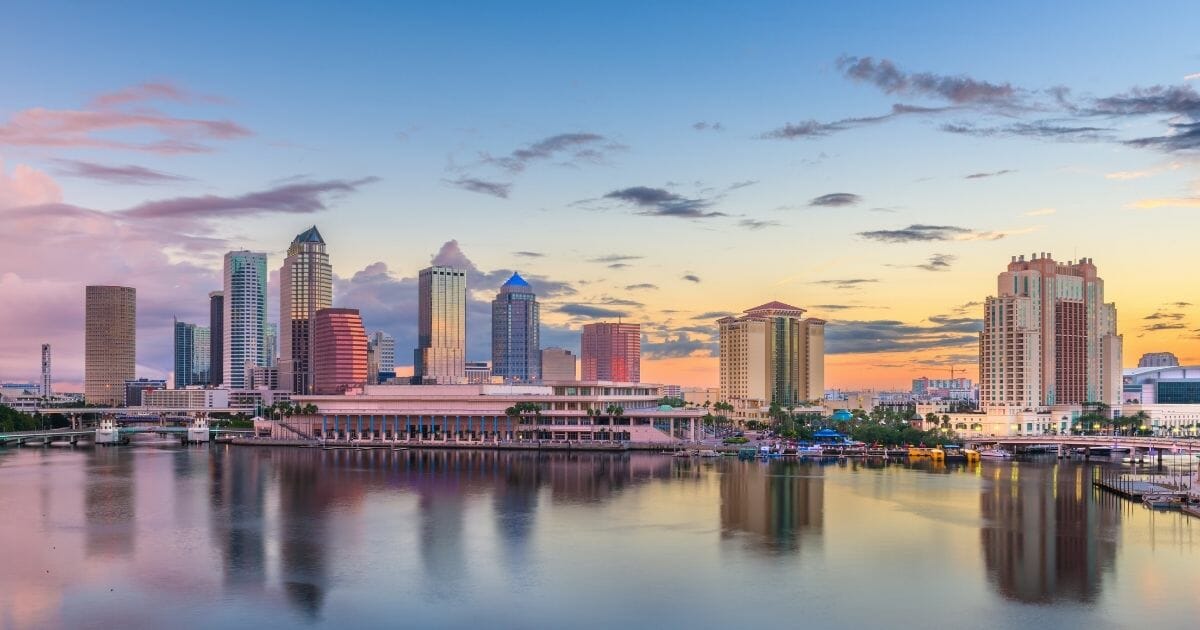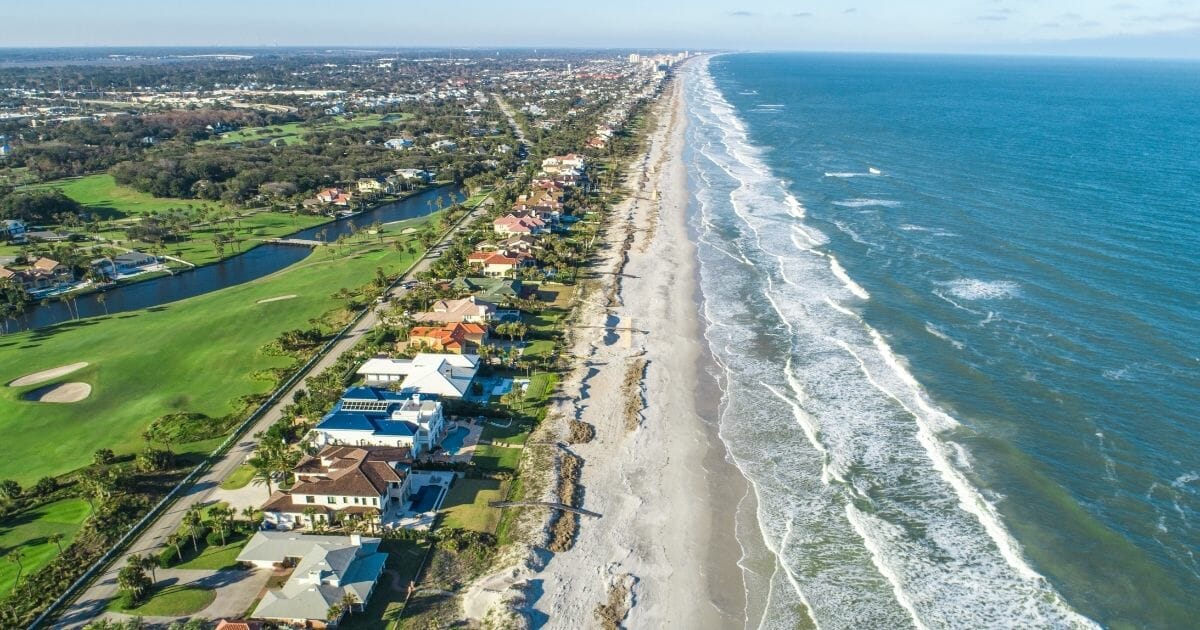Florida is Becoming a Real Estate Investor’s Dream

Florida’s real estate market is much like markets across the rest of the country. It took a hard hit at the beginning of the pandemic, but intense buyer demand, high levels of home sales, and low-interest rates have combined to reduce inventory levels and drive real estate prices incredibly high. The result is big profits and quick sales, especially on new construction homes.
Because of Florida’s tight inventory, many real estate investors are being forced to find new ways to add to their rental portfolios. A number of investors have joined the national trend of building homes in Florida’s more popular cities and then holding them to create rental property options and take advantage of Florida’s home rental market. Lumber prices and other building materials have reached record-high levels, which has been sending new build home prices through the roof. The cost to build a house in Florida has increased by approximately $24,000 due to the rising costs of construction materials. A 2020 Home Advisor report found that the average cost of building a house in Florida is now between $240,000 and $350,000.
A bird’s eye view of Florida’s housing market shows:
- Median home value in Florida is $267,296 according to Zillow.
- Single-family existing homes were at a historically low 1.2-months’ supply while multifamily property inventory was at a 2.8-months’ supply.
- Over the past five years, home values in Florida have increased by nearly 38%.
- Sales of single-family homes in Florida are up 21% compared to a year ago, based on the most recent report from Florida Realtors.
- Median rent for properties in Florida ranges from $1,399/month for a 1-bedroom rental property to $4,000/month for a 4-bedroom home.
Florida’s population has grown 13.3% since 2010, and it’s expected to keep growing by 906 new residents every day through April 2024. The four largest metro areas in Florida are Miami-Fort Lauderdale-West Palm Beach with 6.1 million residents, Tampa-St. Petersburg-Clearwater with 3.1 million residents, Orlando-Kissimmee-Sanford with 2.5 million residents, and Jacksonville with just over 1.5 million residents.
A Look Into Florida’s 4 Biggest Markets
Miami
Miami’s housing market is unique compared to the rest of the country’s real estate markets. Right now, many U.S. cities are battling a tight housing inventory which has pushed home values through the roof and resulted in sellers getting top value in a short amount of time. Miami, however, doesn’t have that problem. With a housing inventory more than five times the national average, Miami is one of the U.S. metros few cities with a balanced market, meaning the housing market is keeping up with the demand from buyers.
Key stats on Miami’s housing market:
- Home Value Index: $407,245
- Median Listing Price: $415,000
- Median Sale Price: $375,000
- Average Days on Market: 68
- Average Monthly Rent in Miami: $1,901
- Renter Occupancy: 33%
- Housing Supply: 5.7 months’ supply
Miami’s housing prices and rental rates are higher than the national average. It’s expensive to live in Miami and its surrounding cities, but the high cost of living in Miami doesn’t seem to dampen demand. Considering the overall state of the housing market in Miami, the city presents the opportunity for long-term rental investors to find cash-flowing properties.
Tampa
Florida’s greater Tampa Bay area has consistently ranked as one of the top 10 real estate markets in the country over the past few years. Experts believe Tampa’s real estate market will meet or exceed the performance of the national housing market during 2021. The housing market in Tampa is forecast to be one of the most active real estate markets in 2021. According to the Tampa Bay Business Journal, home sales in Tampa are expected to increase 8.7% while prices are expected to grow 7.5% YOY.
Tampa is experiencing steady job growth created by higher-paying professionals and business services that are spurring Tampa’s economic growth. The result is a rapidly rising demand for housing in Tampa, as well as the surrounding areas of St. Petersburg and Clearwater, leaving low real estate inventory. Markets across the nation are experiencing a tight housing inventory, but Tampa’s supply is even less than the national average. Right now, Tampa, Florida has just over one month’s supply of housing inventory, which has driven median home prices up 14.3% YOY.
Key stats on Tampa real estate:
- Home Value Index: $270,958
- Median Listing Price: $299,900
- Median Sale Price: $291,000
- Average Days on Market: 56
- Average Monthly Rent in Tampa: $1,432
- Renter Occupancy: 44%
- Housing Supply: 1.1 months’ supply
Orlando
Walt Disney World, Universal Orlando, SeaWorld, and Epcot are just a few of the attractions that put Orlando, Florida on the map. Now, Orlando’s real estate market is adding its mark. Orlando’s rental market is red hot, and rental homes are in exceptionally high demand. Renters have been escaping apartment living and multifamily housing since the height of the pandemic. COVID-19 created a mass exodus of renters trading in apartment living for life in the suburbs and single-family housing.
Growing popularity in Orlando’s rental market has led builders, developers, and investors to explore the growing trend of build to rent housing. Build to rent is one of the hottest trends sweeping the nation’s rental market, and it’s a smart real estate investment strategy for property investors aiming to expand their investment portfolios. Orlando, FL is a great example of this trend. Rental property owners and investors seek rental housing that will continue to shape and form a new way of investing in rental properties.
Renters are flocking to Orlando in droves, and the city is booming economically as a result. Orlando’s population and rent growth has shown impressive results. The city caters to a massive tourist industry, migrating retirees, and boasts a plethora of jobs for young adults.
Key stats on Orlando’s housing market:
- Home Value Index: $272,648
- Median Listing Price: $275,000
- Median Sale Price: $285,000
- Average Days on Market: 48
- Average Monthly Rent in Orlando: $1,432
- Renter Occupancy: 46%
- Housing Supply: 3.2 months’ supply
Jacksonville
Located in the northeastern part of the state, Jacksonville is often overshadowed by more popular Florida destinations, but Jacksonville’s diverse economy and geography make it a top spot for real estate investors.
The largest U.S. city by landmass, Jacksonville, FL is spread across seven counties, has just over 1.2 million residents, and is quickly emerging as one of Florida’s top new tourist destinations. Not only does Jacksonville boast numerous nearby beaches and world-class golf courses, but it also is home to several military bases and an international trade seaport. These are just a few of the factors causing Jacksonville to be seen as one of the best places in Florida to own and rent real estate.
While record-low mortgage rates are driving homebuyers to the market, this city is on par with the national trend when it comes to tight real estate inventory — increasing the need for new construction homes in Jacksonville, Florida. Because of the area’s popularity and size, Jacksonville is an ideal city for fix and flip investors or property investors interested in building a house in Florida.
Lima One’s FixNFlip loans are designed for investors who are interested in purchasing a home, rehabbing it, and either selling it or adding it to their rental portfolios. New home construction loans allow investors the freedom to add ground-up construction and newly built homes to their portfolios.
Key stats on Jacksonville’s housing market:
- Home Value Index: $206,585
- Median Listing Price: $220,000
- Median Sale Price: $224,000
- Average Days on Market: 56
- Average Monthly Rent in Jacksonville: $1,150
- Renter Occupancy: 37%
- Housing Supply: 1.7 months’ supply
Looking Forward
Florida is a seller’s market when it comes to real estate. The state’s low supply of homes and properties means that sellers have the upper hand in any negotiation. Understandably so, buyers and sellers across the Florida real estate market hit pause amidst the pandemic. However, the Sunshine State began showing signs of recovery in July 2020. Experts believe that demand will be higher and prices for homes in Florida will continue to increase. According to Florida Realtors, year-over-year home sales increased 11.7% from July 2019 to July 2020. Experts believe this surge is due to pent-up demand and record-low mortgage rates.
Since interest rates aren’t expected to increase any time soon, experts believe Florida’s housing market demand will continue. Lack of inventory combined with rising demand will mean a rise in property values. Over the past five years, home values in Florida have increased nearly 38% with the housing inventory hovering around a 2-month supply.
While inventory might be harder to find, investors with strong real estate investment strategies can still profit. It’s now more important than ever to have a lender capable of helping you:
- Secure a loan with the best price and maximum leverage for your next rental investment
- Close properties quickly and certainly
- Run your construction or rehab projects smoothly
If you’re interested in obtaining a loan for investment property in Florida, call us to learn more.
We are experts in financing FixNFlip projects for investors looking to purchase and rehab an investment property, rental properties, and portfolios, multifamily real estate investment opportunities, and new home construction for builders on urban in-fill, spec homes, model homes, and teardown/rebuild projects. Our team of experienced professionals will help guide you through how to get a new construction loan for your next investment. Get started today and scale your rental property portfolio with Lima One, the nation’s premier lender for real estate investors.


Recent Comments